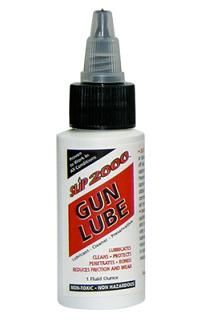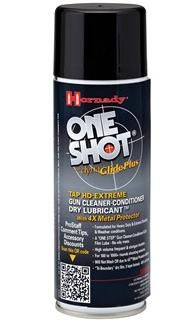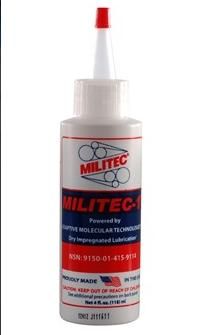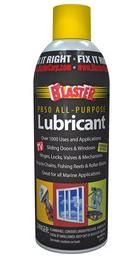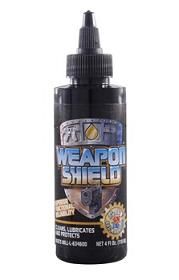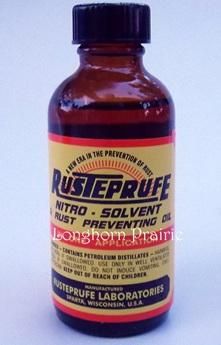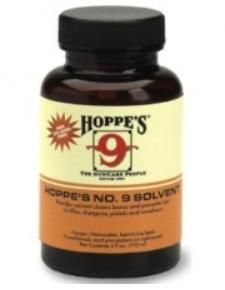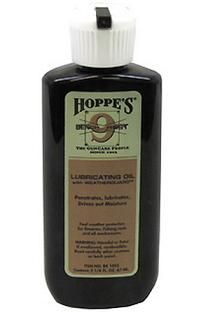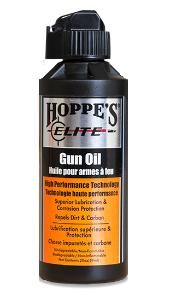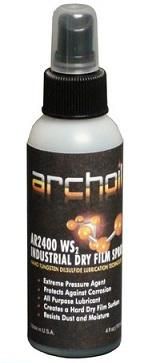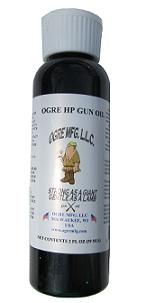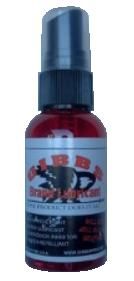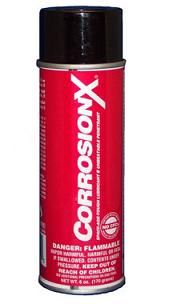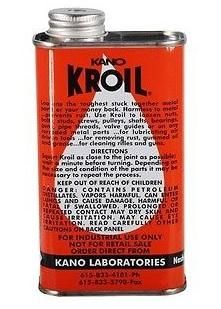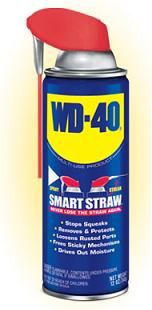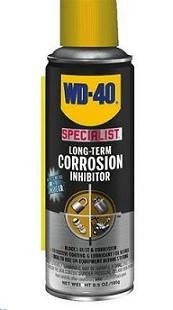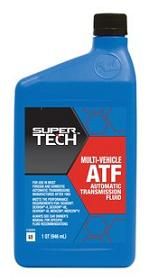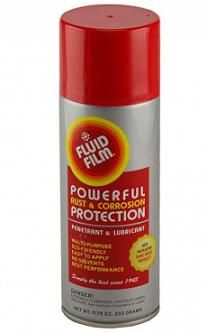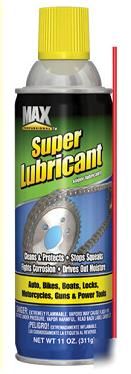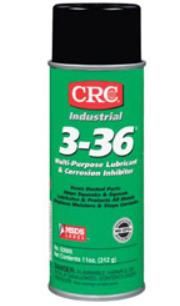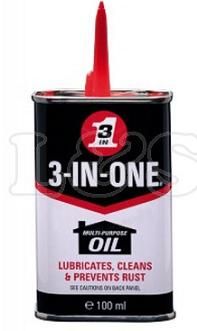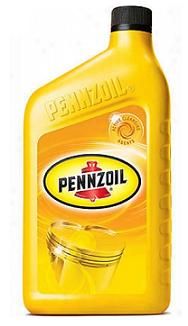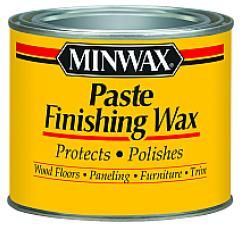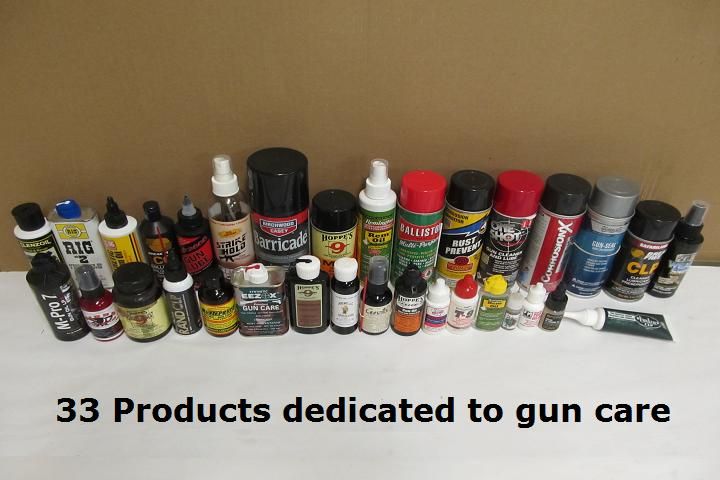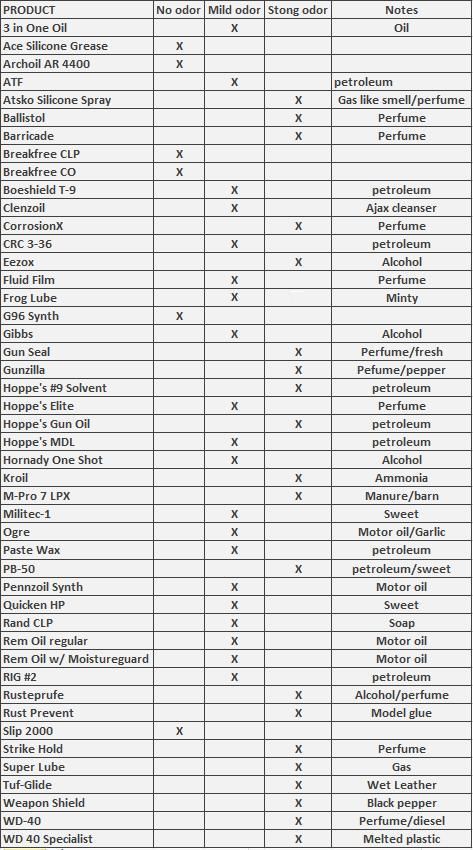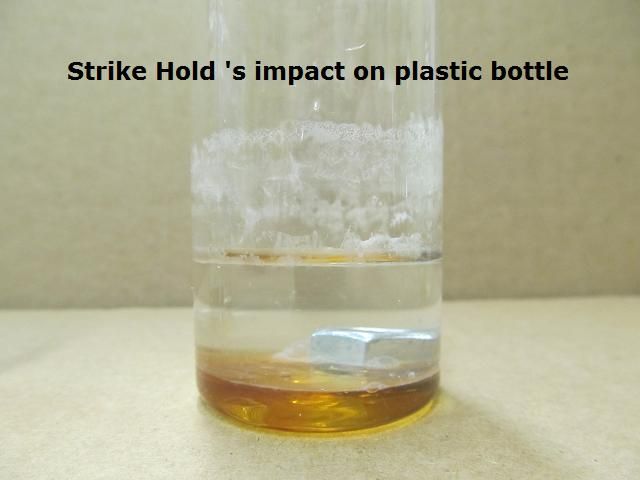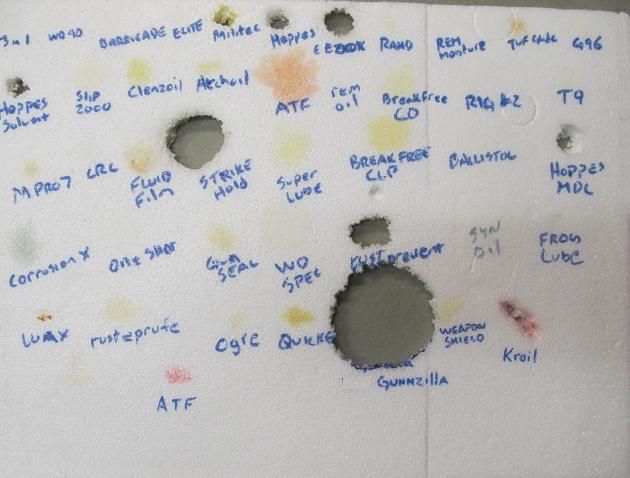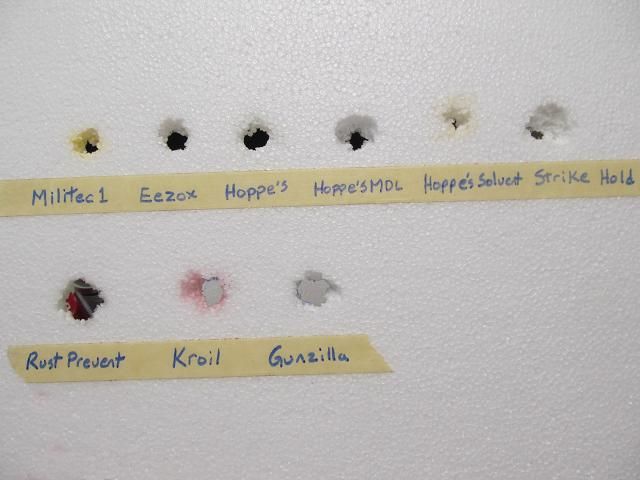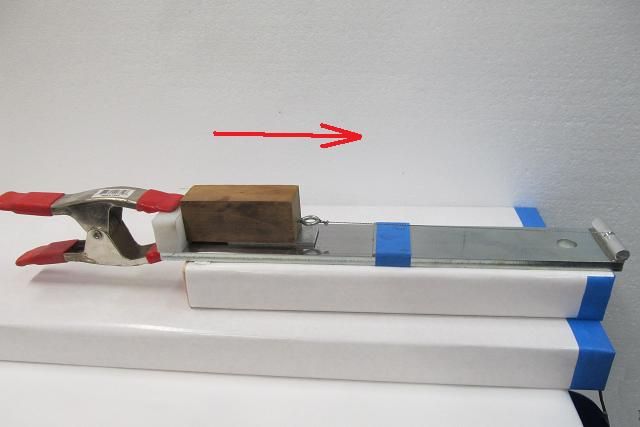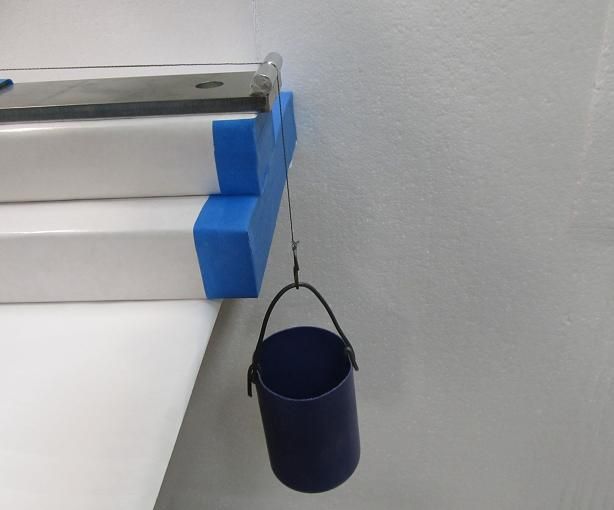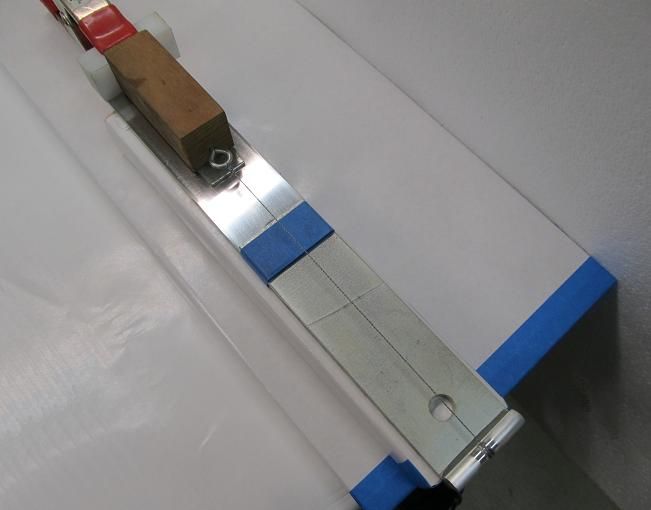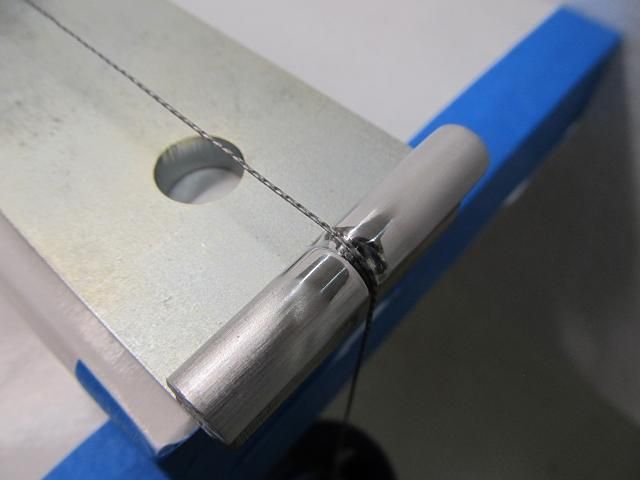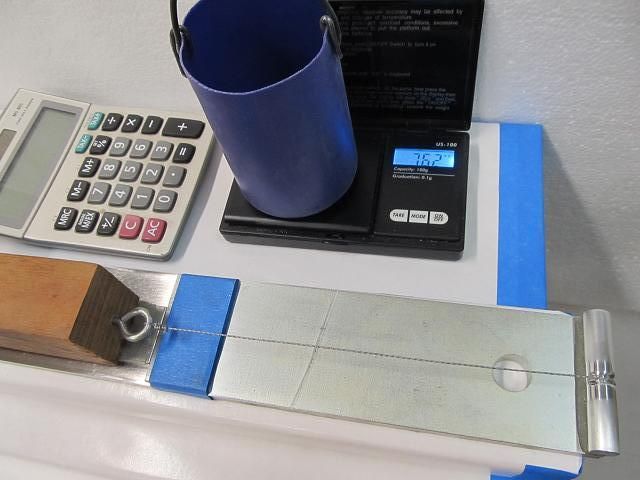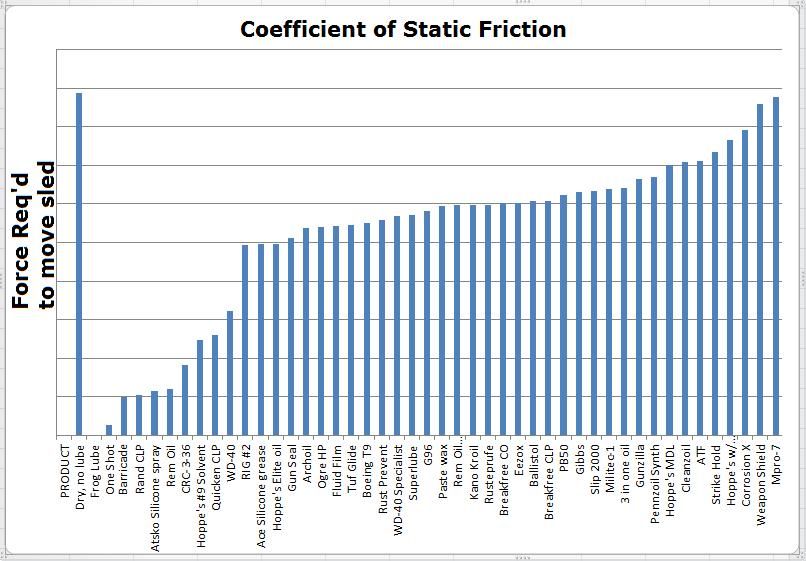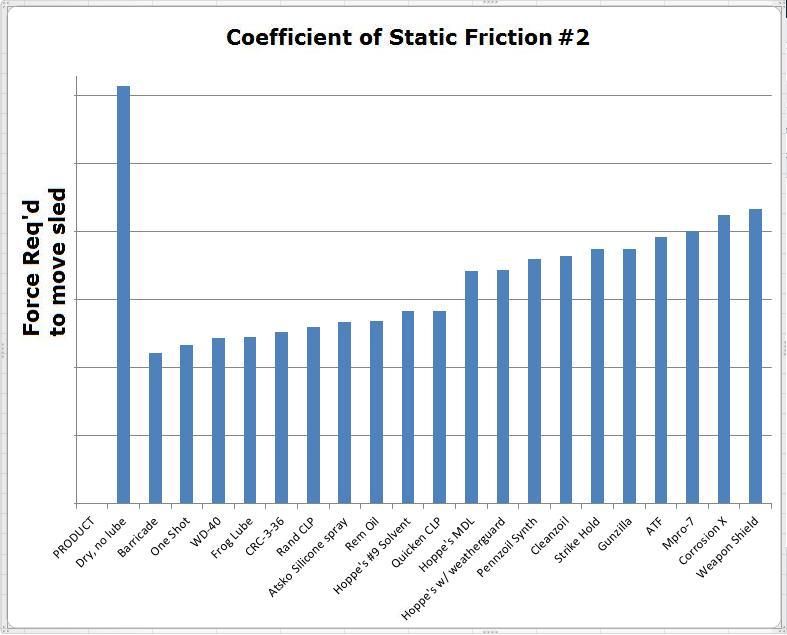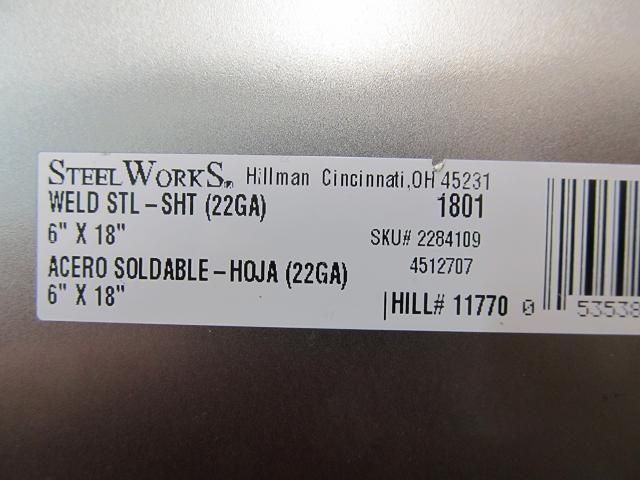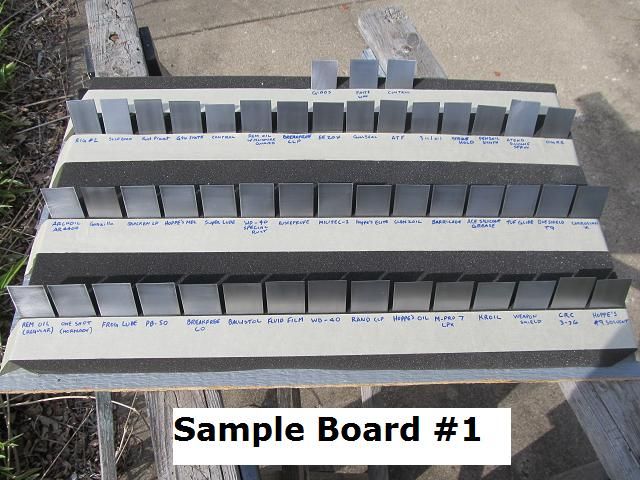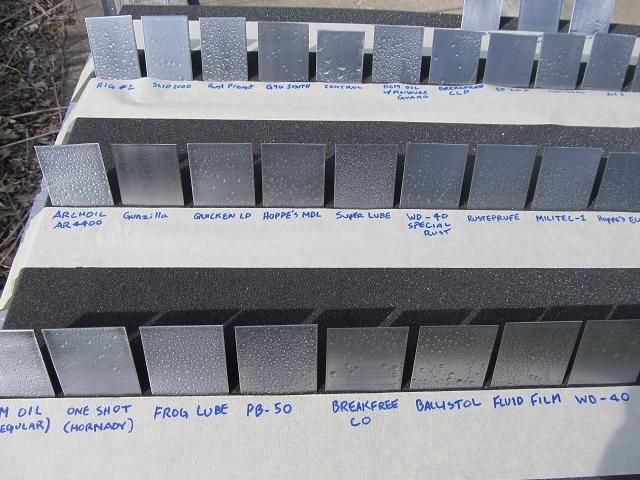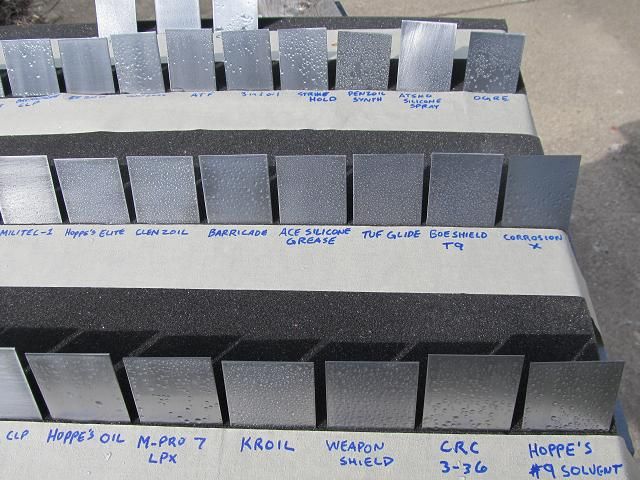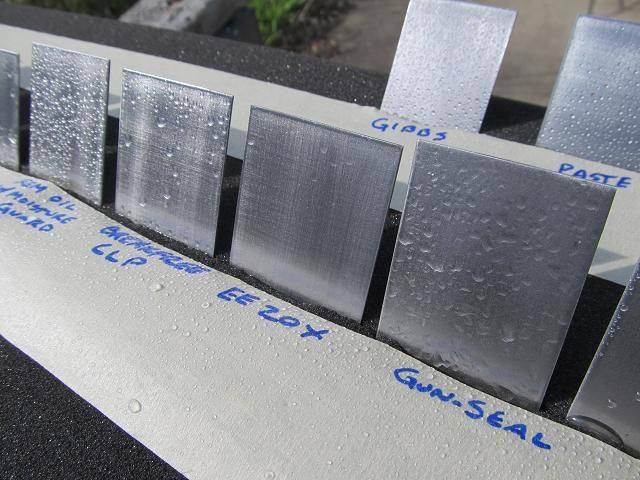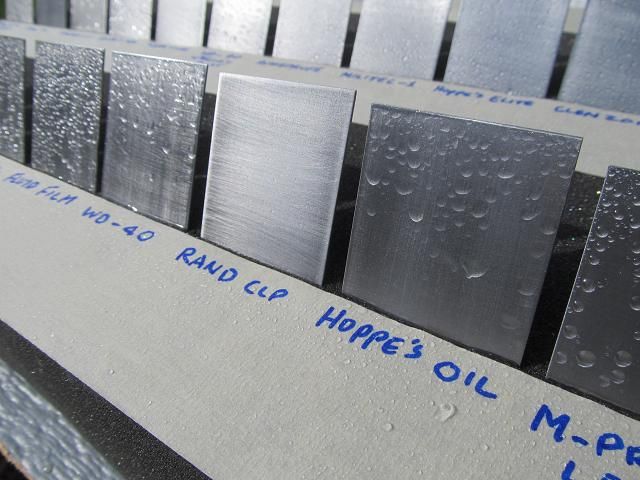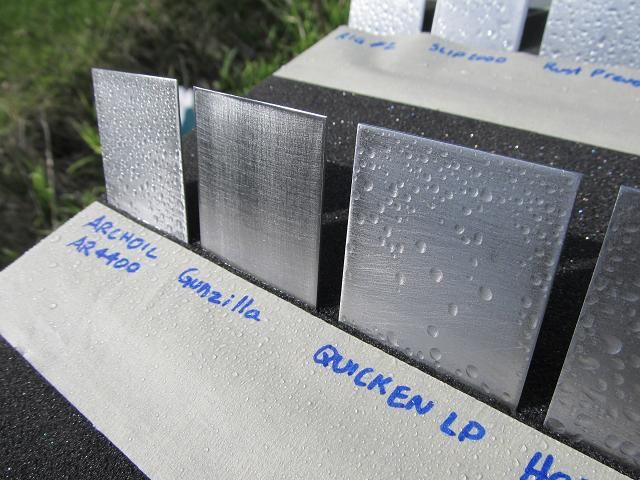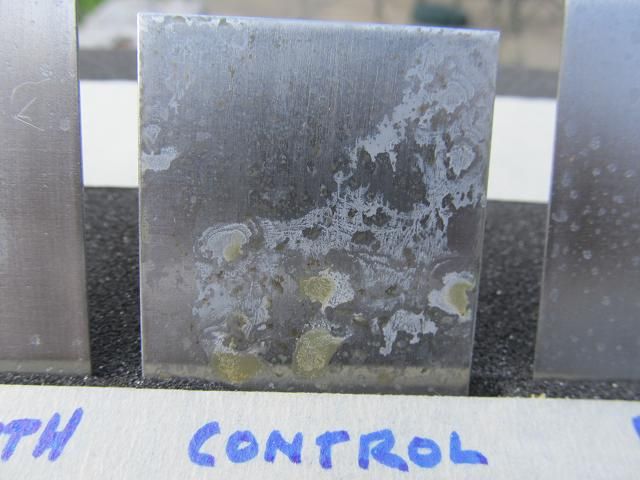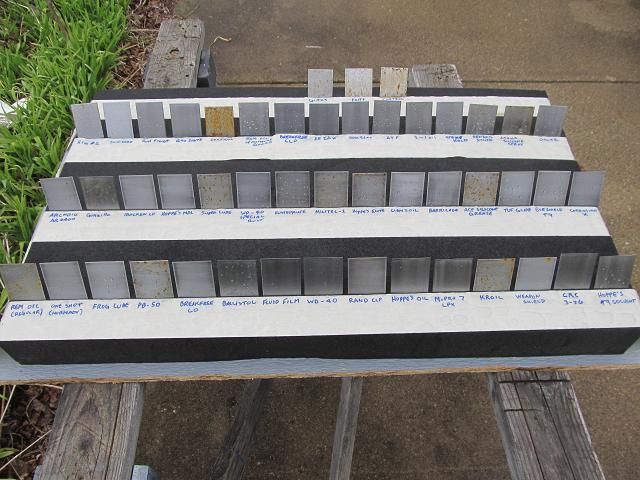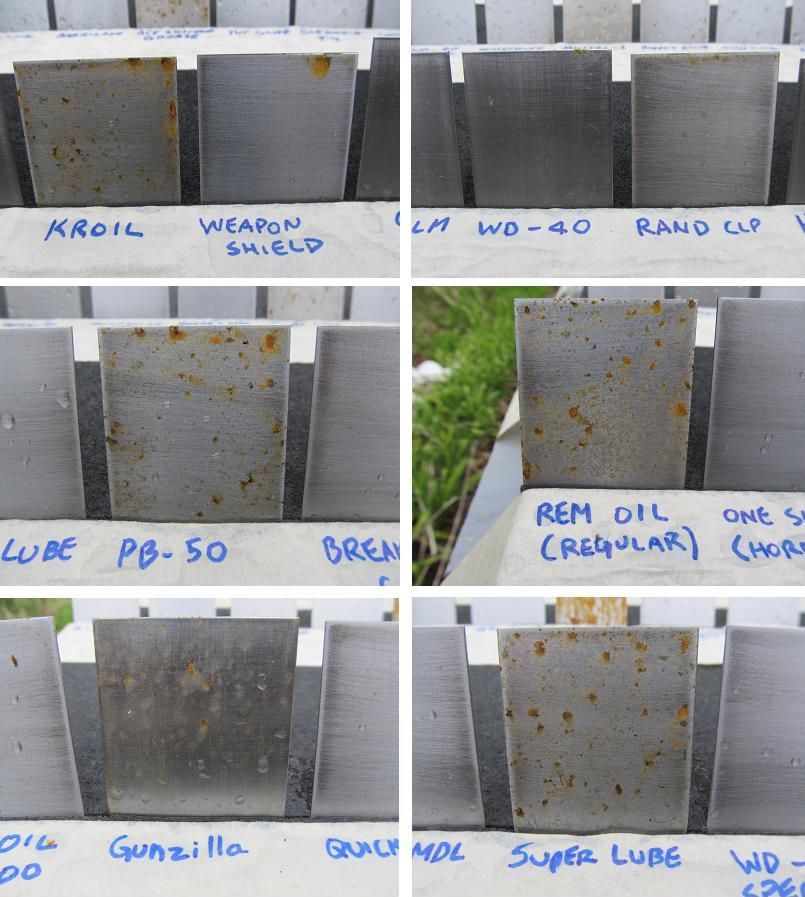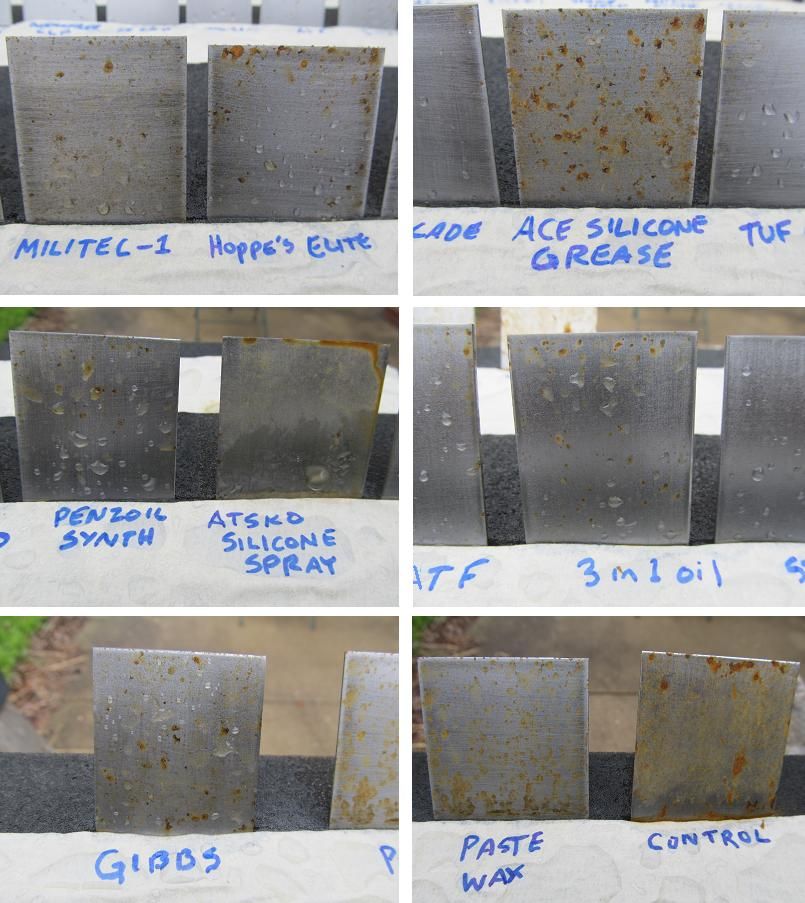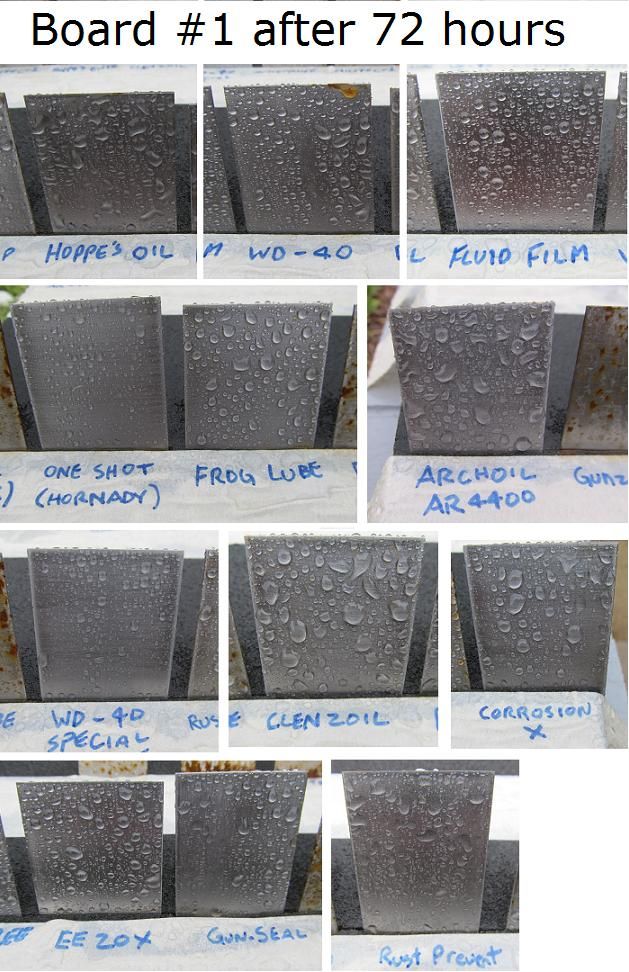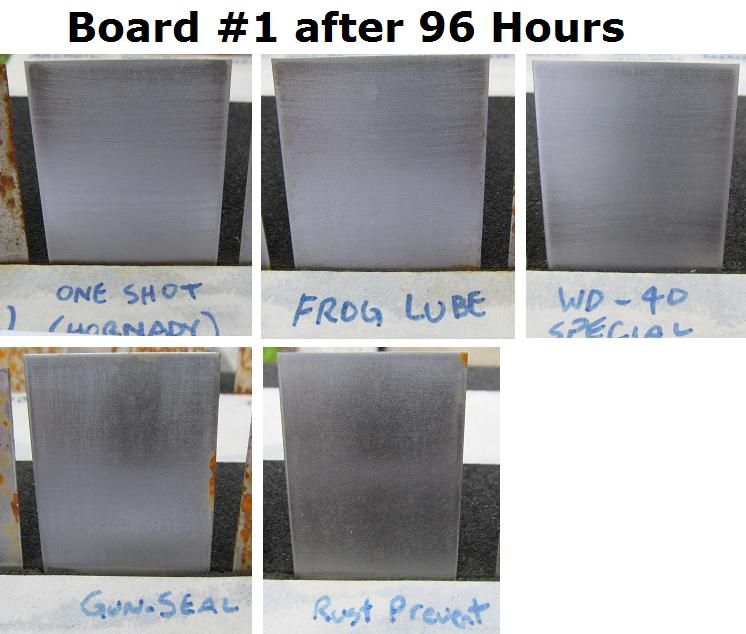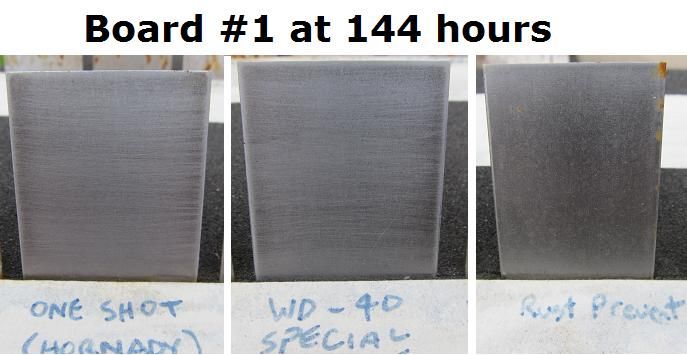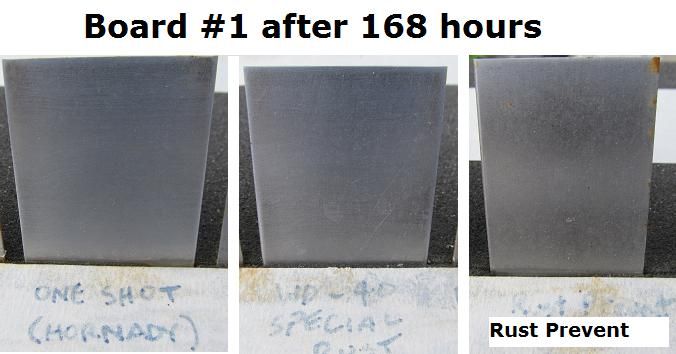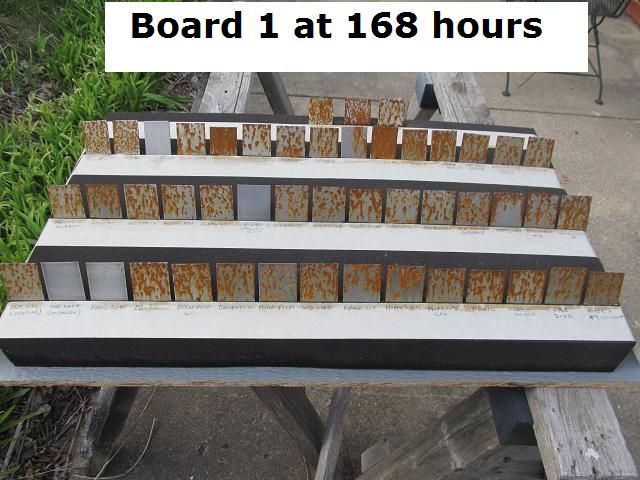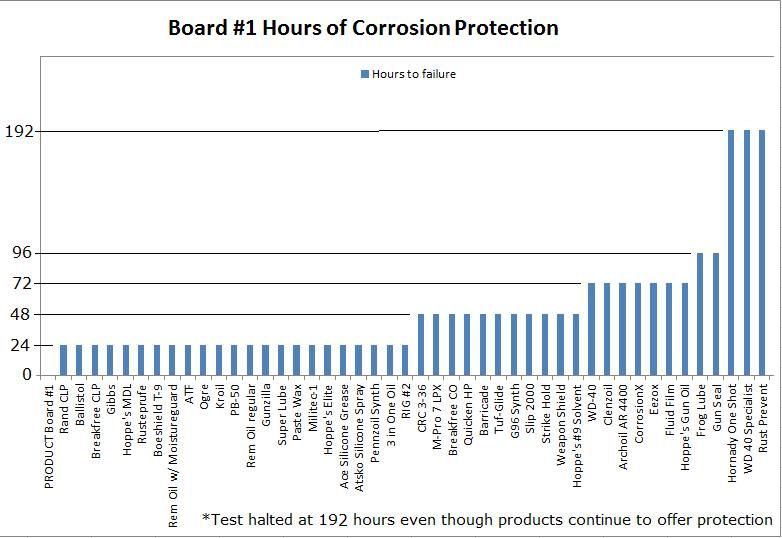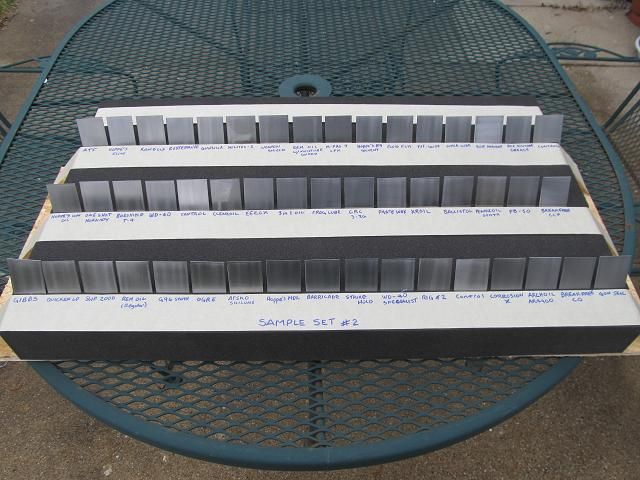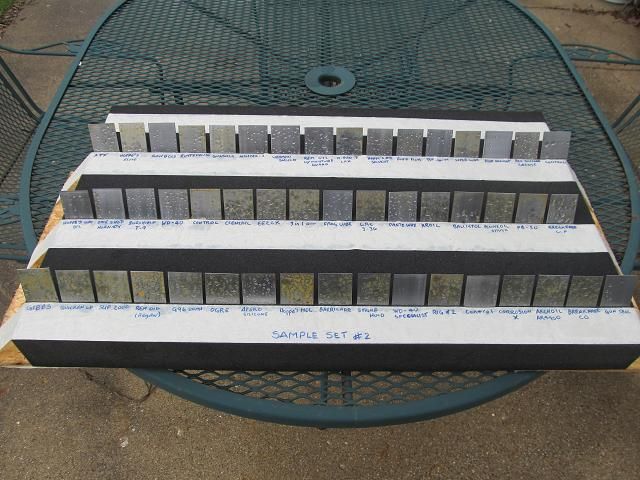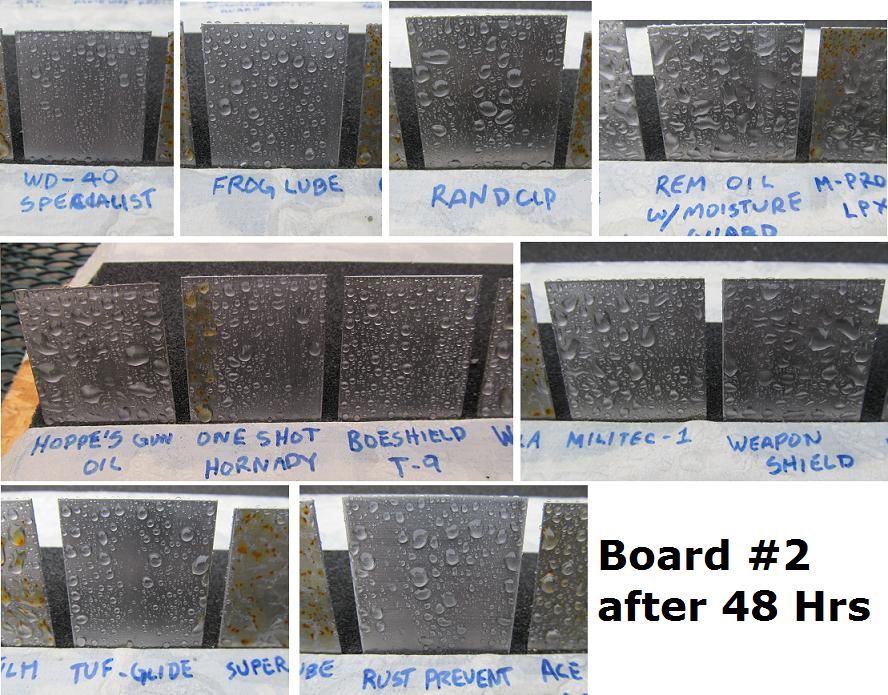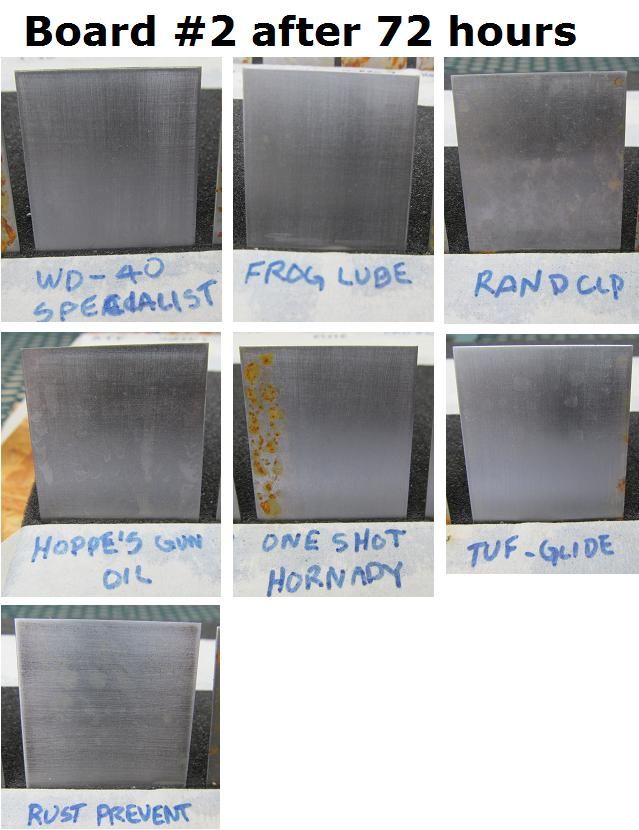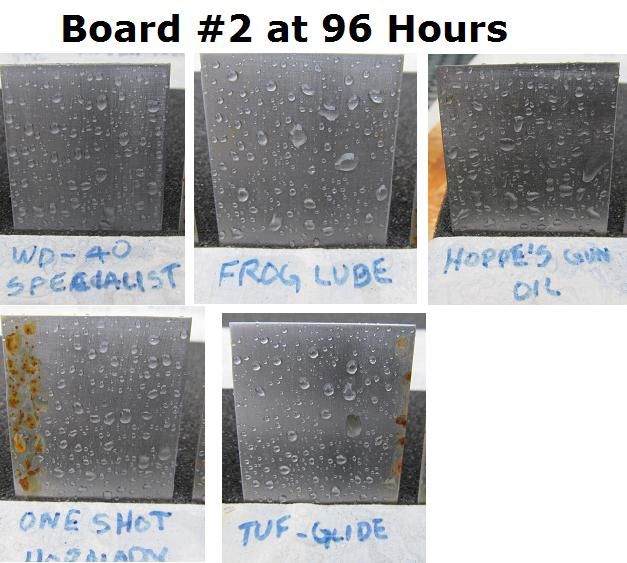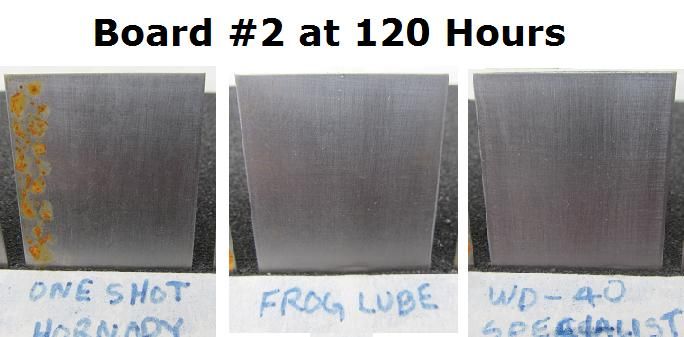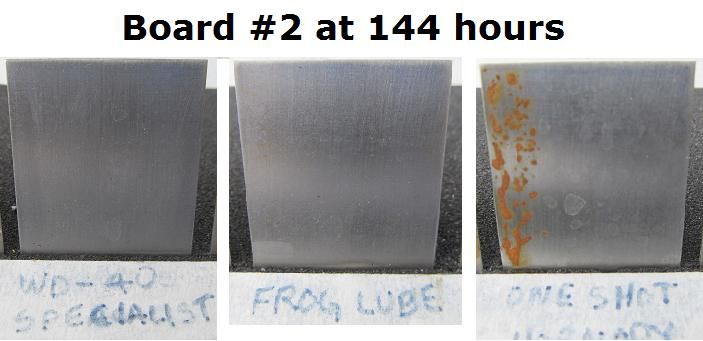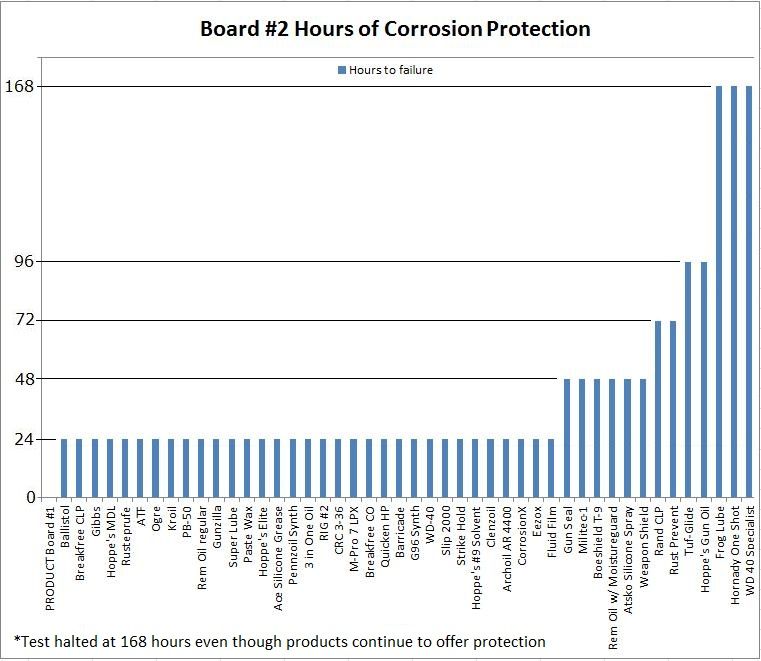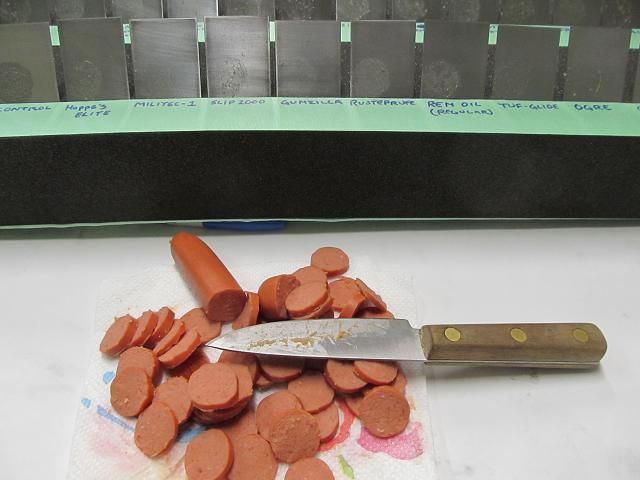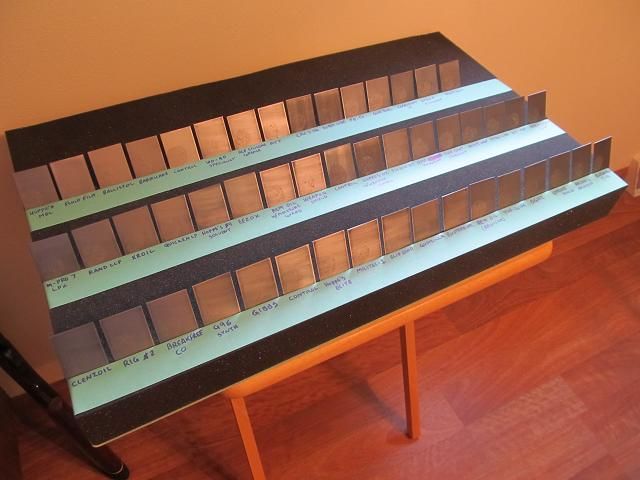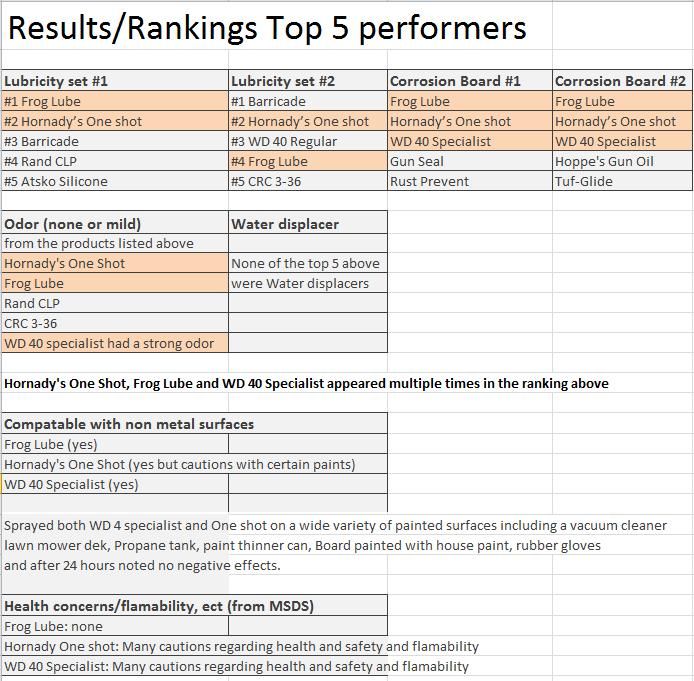We all want to use goods quality products on our guns, bows, fishing gear, knives, autos, hunting and lake front gear and like you I’m not a fan of letting things get rust on them nor am I a fan of items wearing out prematurely. To protect my investment in gear, I began searching for rust inhibitors and lubrication solutions to make the maintenance of my gear as effective and efficient as possible but I understand that neglect is the primary cause of corrosion and wear and we must be diligent but having a corrosion inhibitor and lubricants aiding us in meeting those goals is helpful.
The problem is there are so many products on the market all making claims of how well they perform. Who do you trust? What is one to believe? Online searches turned up all manner of comparisons, reviews and evaluations of a couple of products here and a few more there but no large sampling of a really long list of products all compared at the same time. So that’s what I set out to do to determine for myself which product I want to use as a rust inhibitor and lubricant. Along the way I will also look at water displacement (a common claim) as well as reactions with non-metal components. The attributes I set out to evaluate are:
Water displacer:
Many of the products I purchased for this evaluation make claims in regards to being a water displacer or that they have water displacing properties. Its an interesting claim but it got me to wondering why I should care?? I thinks its great if a product displaces water does it adds to a products worth or usefulness?? We all know that moisture is everywhere from fog to rain to snow to humid environments to warm to cold condensation as well as sweat and dew. so perhaps the water displacement claims are meant to drive us to their products with promises of improved protection so I plan to investigate that claim.
Smell/odor:
Because my primary passion is bowhunting followed by gun deer hunting, scent/odor is important to me. If a product stinks to high heaven I am less likely to use it even if it offers other benefits. Gauging odor is pretty subjective since something that smells bad to me might be appealing to the next person. I will evaluate odor as best as I can.
Lubrication:
How well does the product lubricate? And in what state, meaning does it reduce friction better in its wet form or in a dry form after its wiped away/allowed to dry? If it offers the most friction reduction in a wet form but that wet form is a magnet for dust, dirt and carbon, then its counterproductive because that wet lube becomes a gritty sludge. If it can be applied, wiped dry and still reduce friction (while fighting rust) that would be preferred. I will investigate lubrication.
Compatibility:
How safe is it for plastics, rubber and gun finishes and coatings?
That a fair question since these products are expected to be applied to guns, bows, knives, fishing gear, etc that are composed of a variety of non-metallic materials and finishes/coatings. A product that displaces water and inhibits rust is great but if it melts your plastic and rubber and destroys the finish on your gun, its destined for the trash can. I plan to investigate compatibility as well.
Corrosion inhibition:
That’s the primary reason for this evaluation. I plan to investigate these products compared to one another for their ability to delay the formation of corrosion.
The goal here is to find a product that does the best job at inhibiting corrosion, reducing friction, does not harm plastic, rubber or finishes, displaces waters and does not force me to wear a gas mask to apply. A product that can do all of the above may not exist but I’m willing to find out.
The next question was "Which products?" Until now, my stable of gun/bow/tool care products was pretty small. Like most sportsmen I had my "go-to" products because that is what my local retailer carried. I hadn't thought much beyond availability and then fell into a comfort zone with those products. I took to the web and did a search as well as asking for suggestions on a couple of web forums and learned many of these products have passionate followers even if I had never heard of them. Was I missing out on a superior product????
The next step in the process was to take out a 2nd mortgage and buy up as many products as I could get my hands on and then wait for the brown truck to become a daily fixture in my driveway. The products I will be evaluating (in no particular order) are
G96 synthetic CLP
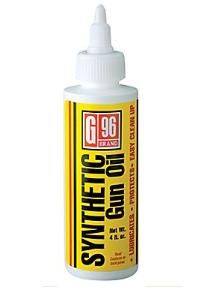
Eezox gun care
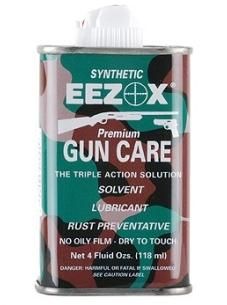
M-Pro 7
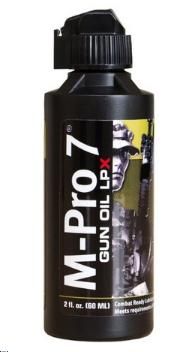
Gun Slick Gun Seal Rust preventative
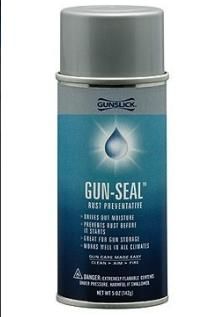
Breakfree CLP
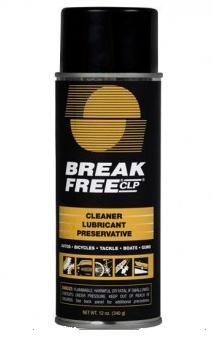
Breakfree Collector
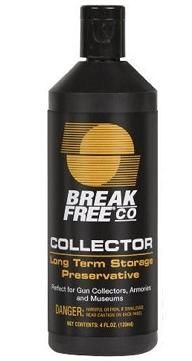
Frog Lube
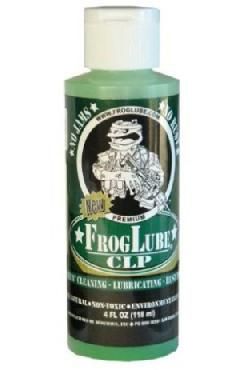
Ballistol
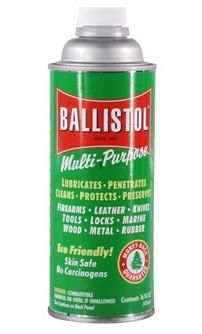
Gunzilla
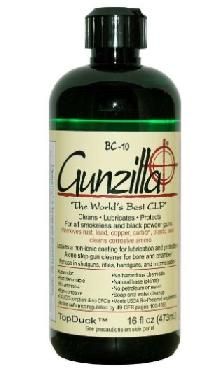
RIG #2
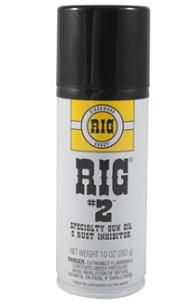
Birchwood Casey Barricade
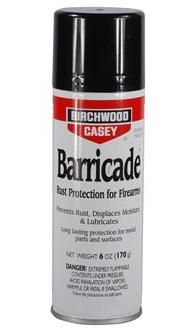
Rem oil (with Moistureguard)
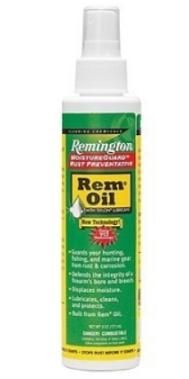
Rem oil (regular)
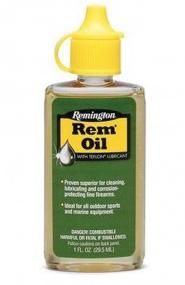
Shooters Choice Rust Prevent
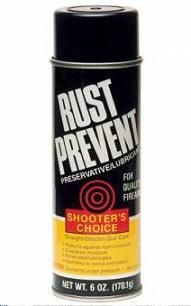
Strike Hold
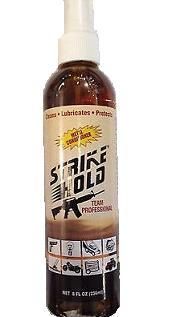
Tuf Glide
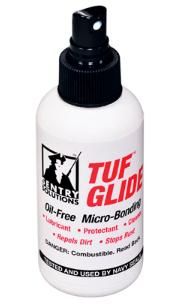
Boeshield T-9
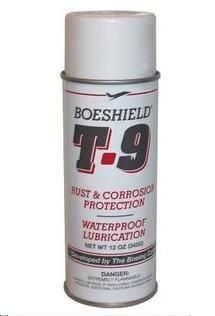
Viking tactics Rand CLP
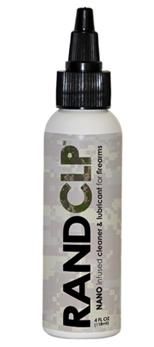
Clenzoil
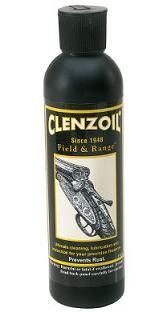
Quicken CLP
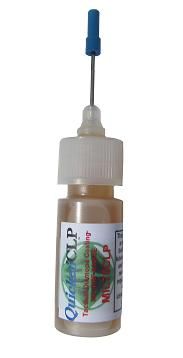
The problem is there are so many products on the market all making claims of how well they perform. Who do you trust? What is one to believe? Online searches turned up all manner of comparisons, reviews and evaluations of a couple of products here and a few more there but no large sampling of a really long list of products all compared at the same time. So that’s what I set out to do to determine for myself which product I want to use as a rust inhibitor and lubricant. Along the way I will also look at water displacement (a common claim) as well as reactions with non-metal components. The attributes I set out to evaluate are:
Water displacer:
Many of the products I purchased for this evaluation make claims in regards to being a water displacer or that they have water displacing properties. Its an interesting claim but it got me to wondering why I should care?? I thinks its great if a product displaces water does it adds to a products worth or usefulness?? We all know that moisture is everywhere from fog to rain to snow to humid environments to warm to cold condensation as well as sweat and dew. so perhaps the water displacement claims are meant to drive us to their products with promises of improved protection so I plan to investigate that claim.
Smell/odor:
Because my primary passion is bowhunting followed by gun deer hunting, scent/odor is important to me. If a product stinks to high heaven I am less likely to use it even if it offers other benefits. Gauging odor is pretty subjective since something that smells bad to me might be appealing to the next person. I will evaluate odor as best as I can.
Lubrication:
How well does the product lubricate? And in what state, meaning does it reduce friction better in its wet form or in a dry form after its wiped away/allowed to dry? If it offers the most friction reduction in a wet form but that wet form is a magnet for dust, dirt and carbon, then its counterproductive because that wet lube becomes a gritty sludge. If it can be applied, wiped dry and still reduce friction (while fighting rust) that would be preferred. I will investigate lubrication.
Compatibility:
How safe is it for plastics, rubber and gun finishes and coatings?
That a fair question since these products are expected to be applied to guns, bows, knives, fishing gear, etc that are composed of a variety of non-metallic materials and finishes/coatings. A product that displaces water and inhibits rust is great but if it melts your plastic and rubber and destroys the finish on your gun, its destined for the trash can. I plan to investigate compatibility as well.
Corrosion inhibition:
That’s the primary reason for this evaluation. I plan to investigate these products compared to one another for their ability to delay the formation of corrosion.
The goal here is to find a product that does the best job at inhibiting corrosion, reducing friction, does not harm plastic, rubber or finishes, displaces waters and does not force me to wear a gas mask to apply. A product that can do all of the above may not exist but I’m willing to find out.
The next question was "Which products?" Until now, my stable of gun/bow/tool care products was pretty small. Like most sportsmen I had my "go-to" products because that is what my local retailer carried. I hadn't thought much beyond availability and then fell into a comfort zone with those products. I took to the web and did a search as well as asking for suggestions on a couple of web forums and learned many of these products have passionate followers even if I had never heard of them. Was I missing out on a superior product????
The next step in the process was to take out a 2nd mortgage and buy up as many products as I could get my hands on and then wait for the brown truck to become a daily fixture in my driveway. The products I will be evaluating (in no particular order) are
G96 synthetic CLP

Eezox gun care

M-Pro 7

Gun Slick Gun Seal Rust preventative

Breakfree CLP

Breakfree Collector

Frog Lube

Ballistol

Gunzilla

RIG #2

Birchwood Casey Barricade

Rem oil (with Moistureguard)

Rem oil (regular)

Shooters Choice Rust Prevent

Strike Hold

Tuf Glide

Boeshield T-9

Viking tactics Rand CLP

Clenzoil

Quicken CLP


